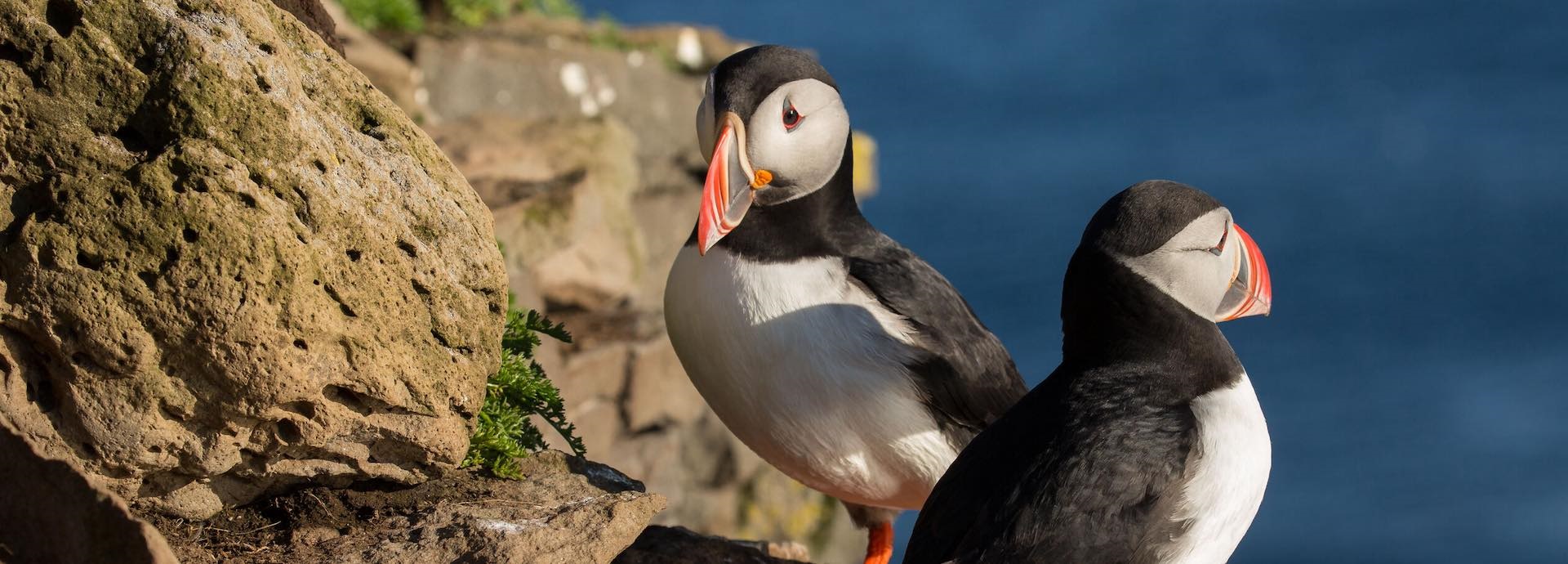

The IUCN’s new Green Status of Species shows how well species have recovered. Can these latest efforts show what measures work and provide a holistic view of our ecosystem recovery?
After nearly a decade of work, the International Union for Conservation of Nature (IUCN) has published the first 26 Green Status of Species assessments, which measure the recovery of species populations, and the effectiveness of conservation actions.
The new assessments will complement the IUCN’s Red List of Threatened Species, which measures how close a species is to extinction. The project’s goal is to demonstrate to the public and conservation professionals what methods of conservation work.
“Our goal is not just to prevent the extinction of species, but we also want species to recover,” says Reşit Akçakaya, a professor of ecology evolution at Stony Brook University, who has worked closely on the development of the Green Status of Species.
“I think it's important for us to objectively measure how much species are responding to conservation and how much they are recovering,” he adds.
A holistic view of conservation
The new Green Status of Species defines what “fully recovered” means for each species. The definition of extinction – when the last individual of a species dies – has been obvious. However, understanding what constitutes recovery is much trickier.
After discussing the issue with conservation professionals globally, Akçakaya and the IUCN determined three essential factors to measure recovery.
They determined that a species is fully recovered when it is: 1) present in all parts of its historical range before major human impacts or disruption 2) viable (able to reproduce successfully) in all parts of that range and 3) performs its ecological function in all parts of the range.
“Being able to think about things more holistically than the risk of extinction is important,” says Barney Long, the senior director of conservation strategies at Re:wild, who has been involved in the Green Status of Species since its earliest stages.
“I think the key thing to remember here is that extinction is what we want to avoid, whereas recovery is what we want to achieve,” he adds. “Until now, we have not had a mechanism to track what we want to achieve.”
Reframing how conservation is viewed
Some observers see the added focus of species recovery to the Red List of Threatened Species as a more optimistic way to portray the uphill battle of protecting the Earth’s atrophying biodiversity, encouraging donors to keep writing checks and help fundraise.
However, Akçakaya and Long have a more nuanced view. They see the Green Status of Species as a way, to reframe how conservation is viewed focusing on incremental changes to the Green Status of Species instead of large headline-grabbing changes, such as extinctions.
The Red List of Threatened Species currently places species into categories, such as critically endangered, endangered, vulnerable, and near threatened, with species rarely moving from one to another, which is sometimes inferred as a lack of progress being made.
However, this is not always the case. Akçakaya says the fact that some species are still listed as threatened and not extinct represents a tremendous conservation success. Part of the Green Status of Species idea, which scores species from zero percent to 100 percent recovered, is to provide more precise changes in the status of a species.
Working to prevent shifting baselines
“The other thing you have is these conservation impact metrics, which can give you a lot more nuance to the species conservation story even if you are not showing a change in Red List category or Green Status category,” says Long.
Part of this nuance is to place conservation efforts into a broader context. Akçakaya says the Green Status of Species prevents the phenomenon known as shifting baselines, or the innate human impulse to compare progress based on their own lived experience.
He says that shifting baselines have long hampered conservation efforts by changing the goals from one generation to the next.
“Even if it is theoretically impossible to get a species back to a score of 100-percent fully recovered, it is important for people to have the context of how far away it is from 100 percent because now they are seeing the full extent of climate change and other human impacts,” says Akçakaya.
Conservation to avoid ecosystem collapse
Not only is this important for preserving biodiversity, but it will also mitigate some of the impacts of climate change. Even if a species can only be recovered to a score of 50 percent, its recovery will have a cascading effect on the whole ecosystem.
“The world is almost in ecosystem collapse, and we need to be recovering entire ecosystems,” says Long. “If you recover all the species, you are also recovering the ecosystems. Recovery is really important, and we need to make sure the world starts to recover.”
Akçakaya also emphasises a biodiversity crisis but says the solution is not simply to keep repeating this. The Green Status of Species shows which conservation methods lead to recovery and which are not, giving conservationists valuable information for planning conservation.
“Yes, there is a crisis, but there are also solutions,” says Akçakaya. “That is the message that we want to give. Conservation works. It's not hopeless and not pointless to try and assess and to improve species status.
Did you like this? Subscribe to Insights updates!
Once every six weeks, you will get the top picks – the latest and the greatest pieces – from this Insights channel by email.

